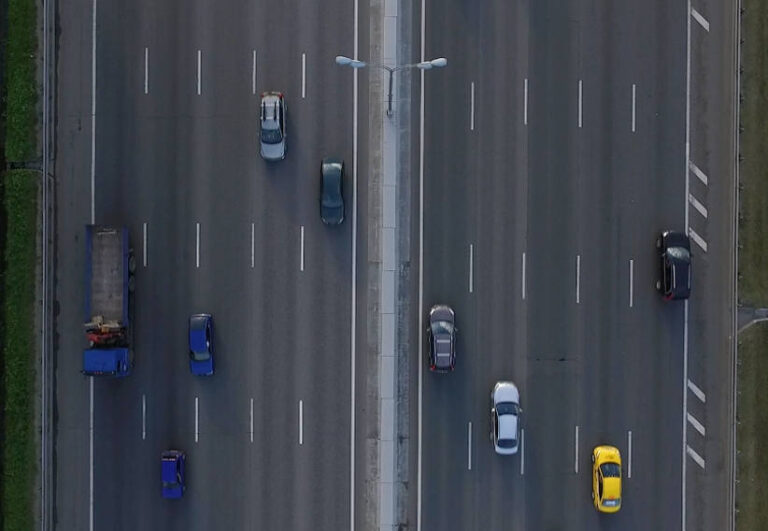Companies, especially big companies, are increasingly setting sustainability goals. As they do so, they are looking for their suppliers to do the same. Since transport, by rule of thumb, accounts for some 25 percent of greenhouse gas emissions, fleet managers have a key role to play as do any suppliers.
As fleet manager Sharon O’Neill told Fleet Auto News in an interview about the insurance giant IAG’s own journey to get to carbon neutral: “We’ve got to make sure that whoever we use when we start transitioning ourselves are doing the same thing.”
In Australia, to date, there are no mandatory requirements to report carbon emissions. But a look around the world, where there are rules in the UK and the US among others, suggests this could change. Already Australian companies such as BHP and Commonwealth Bank, which are listed on stock exchanges elsewhere are having to report emissions.
To be sure, whether it’s voluntary or mandatory, one of the first things a company has to do when it sets a target to reduce greenhouse gases or become carbon neutral is measure its carbon emissions. But what are its carbon emissions?; What emissions are a company responsible for? For the emissions their operations produce?, or those from the whole value chain?
Or, what is the scope? Indeed, the term scope is now official, and the way emissions are categorised for mandatory reporting in certain jurisdictions like the UK and the US. The The Greenhouse Gas Protocol, an international body, set standards for so-called Scope 1, Scope 2 and Scope 3 emissions:
Scope 1 emissions are those produced by the company or entity in its operations.
Scope 2 emissions are those from the energy used by the company.
Scope 3 emissions are those from the whole value chain, including from upstream and downstream suppliers and partners.
Scope 1 and Scope 2 emissions aren’t so tricky to understand. But Scope 3 is so exhaustive it involves employee commutes to and from work, business travel, what the company purchases, its waste, (including what it does with end-of-life products), its investments, and critically for fleet managers, also transportation and distribution.
In the UK, Scope 1 and 2 and some Scope 3 emissions must be reported. In the US, the Securities and Exchange Commission, require reporting of Scope 1 and 2 emissions and has drafted rules for Scope 3 disclosure.
“Scope 1 and 2 are easier. It’s what you’re doing,” said Jacqueline Lam, Regional Lead-Southeast Asia, Global Sustainability Policy and Partnerships, at aircraft maker Boeing International, when speaking at Sustainable Business Summit, a Bloomberg online event in late July. “Scope 3 — It’s a really mammoth task. We’re working with both upstream and downstream suppliers.” She promoted a whole industry approach to make sure sustainability is built in.
Another multinational executive, Maurizio Brusadelli, Executive Vice President and President Asia Pacific, Middle East and Africa, for snackfood manufacturer Mondelēz International, said 90 percent of their emissions are from the Scope 3 category and that it has started sourcing increasingly from sustainable food sources.
These executives and others talked about so many changes in how they go about their business that cut across fleet management — how containers are packed, what trucks are used, using logistics to reduce time and distance on the road, modernising fleets to travel on carbon neutral energy, and as already said sourcing from companies that are also cutting emissions.
There’s no question now that if you’re a fleet, or supplying a fleet, it’s imperative to ask, What’s the scope?
As Fleet Auto News podcast guest Danielle Lackey, chief legal officer at US-based SaaS group Motus said: “Part of the challenge, I think for businesses right now is determining how to collect the information that they need, how to know what their greenhouse gas emissions are. Who to work with to be able to align to appropriate standards, so that, you know, if they’re getting ahead of this and they’re starting to do the work, that work is going to easily factor, easily flow into requirements as they come down over time.”






